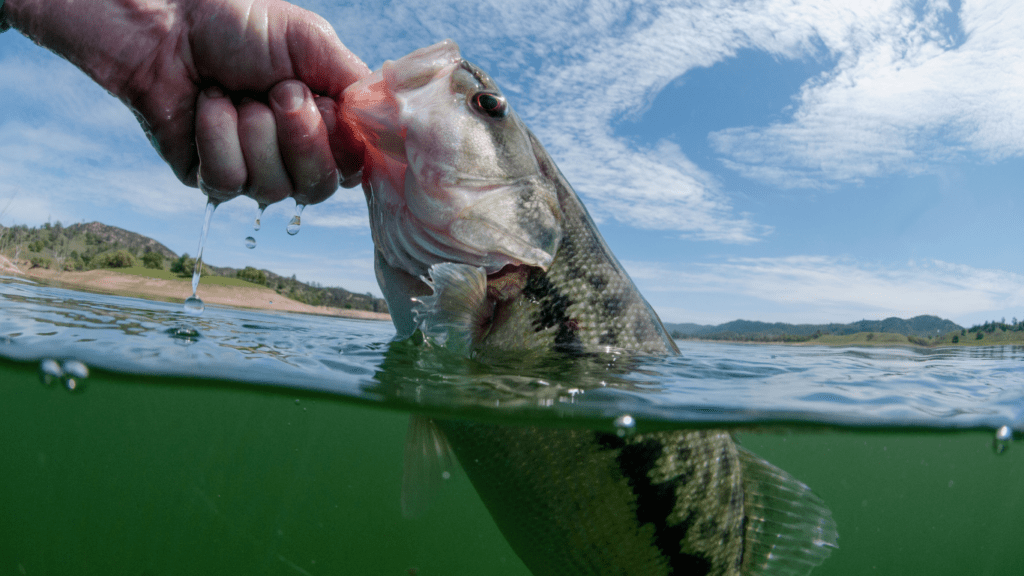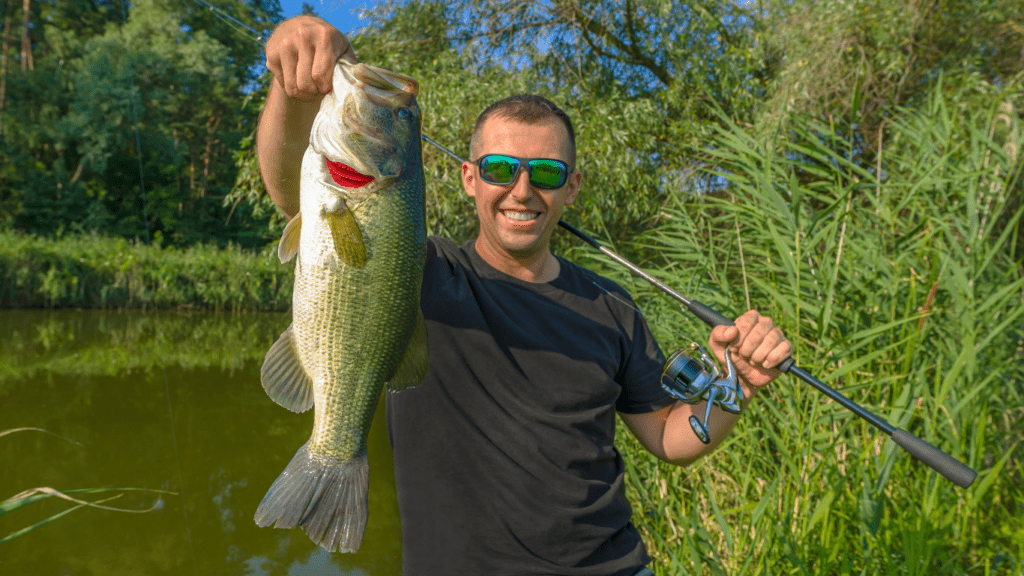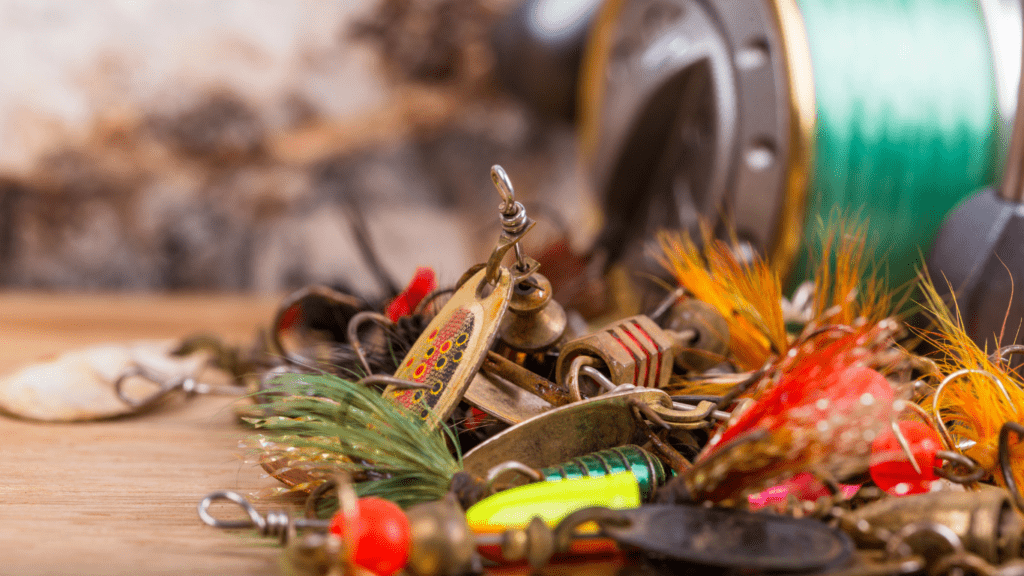Understanding the Concept of Reading Water
Reading water involves understanding how water dynamics and features reveal fish behavior and location. It combines observation and knowledge of aquatic environments to pinpoint the most promising fishing spots.
What Does It Mean to Read Water?
Reading water means:
- identifying specific patterns
- movements
- characteristics
to locate areas where fish are likely to gather. These include observing surface activity like ripples, which may indicate baitfish presence, or calm pockets near fast currents, often favored resting spots. In addition, subtle shifts in water color or temperature can signal underwater structures like drop-offs or feeder streams, which attract fish species.
Interpreting these cues requires studying both visible and invisible factors, such as water depth and flow velocity. For example, in rivers, eddies and seams form where slow and fast currents meet, creating ideal feeding zones for predatory fish. In lakes, significant water features like weed lines and submerged structures serve as critical habitats.
Why It’s Essential for Successful Fishing
Locating productive fishing spots becomes significantly easier with water-reading skills. Fish instinctively use environmental features for feeding, protection, or shelter. If I analyze these elements, I can predict their location and improve my catch rate.
Skipping this step often results in wasted time and effort in unproductive areas. For instance, understanding a coastal tide chart helps identify inshore fish movement patterns, especially during rising or falling tides. Similarly, reading water in a large lake allows me to focus on fish-rich areas, avoiding barren zones in open water.
Key Water Features to Identify
Identifying specific water features helps pinpoint the best fishing spots. Observing currents, underwater structures, and vegetation can reveal where fish are likely hiding.
Currents and Eddies
Currents direct food and oxygen to fish, making them key spots for activity. In rivers, eddies form where fast water meets slower zones, creating feeding areas. I look for swirling backwaters or areas behind obstructions like rocks or logs, as these spots attract fish resting or ambushing prey.
Drop-offs and Structures
Drop-offs occur where shallow water suddenly deepens, often serving as travel routes for fish. I scan for ledges, submerged points, or the edges of steep inclines, as predators patrol these zones for food. Man-made structures like reefs, bridges, or sunken debris also attract fish by providing shelter and hunting grounds.
Vegetation and Cover
Aquatic vegetation creates ideal conditions for both predator and prey species. I target weed lines, lily pads, or submerged grasses that offer concealment and a steady food supply. Docks, fallen trees, and overhanging branches also act as cover, making them prime areas for fishing.
Tools and Techniques to Master Water Reading

Interpreting water features demands a blend of observation, technology, and understanding fish habits. These tools and techniques refine the ability to pinpoint productive fishing spots.
Using Visual Clues
Identifying visual water patterns reveals key fishing locations. I focus on changes in water surface, like ripples converging near structures or calm zones blending with fast currents. Subtle color changes often indicate depth shifts or underwater structures, such as sandbars or drop-offs. Foam lines and eddies in fast-moving waters are my primary targets, as they concentrate insects and baitfish, attracting larger fish.
Leveraging Technology and Gear
Incorporating advanced tools improves accuracy in reading water. A fish finder maps underwater terrain, revealing topography like submerged rocks or ledges where fish hide. GPS devices help mark fishing spots and track productive areas efficiently. Using polarized sunglasses is essential for eliminating surface glare, allowing me to see underwater vegetation, fish movement, and depth transitions more clearly.
Observing Fish Behavior
Studying fish activity in relation to water dynamics is crucial for understanding their patterns. I watch for surface disturbances like jumping fish, which indicate feeding zones. In shallow waters, the presence of small baitfish schools or wakes can reveal predator activity. During changing tides or shifting currents, I focus on areas where fish congregate along flow transitions to feed effectively.
Common Mistakes to Avoid
Understanding water features is crucial, but even experienced anglers can make errors that reduce their success. Avoiding these common mistakes ensures better results when finding fishing spots.
Ignoring Seasonal Changes
Seasonal variations directly impact fish behavior and habitat choices. In colder months, fish often move to deeper, warmer waters, while spring and summer see more activity in shallow areas as temperatures rise. Failing to account for this could lead to fishing in unproductive areas. For example, in winter, targeting deeper drop-offs is more effective, whereas in spring, focusing on spawning zones near vegetation offers better opportunities.
Overlooking Subtle Clues
Small changes in water can reveal a lot about fish movements. Missing visual cues like slight ripples, minor color shifts, or baitfish activity often means skipping prime fishing spots. For instance, eddies in rivers or calm patches between waves may indicate a shelter where fish gather. Forgoing these subtle signs wastes valuable time on less promising locations.
Practical Tips for Finding the Best Fishing Spots
Identifying the ideal fishing spot combines timing, technique, and observation skills. Understanding these factors can maximize success and ensure a productive outing.
Timing Your Fishing Trip
- Selecting the right time of day increases the likelihood of catching fish.
- Fish are most active during dawn and dusk due to cooler temperatures and lower light levels.
- Tidal movements, in coastal areas, also play a crucial role, as fish tend to feed during incoming and outgoing tides.
- Observing seasonal patterns is equally important since fish adapt their behavior based on water temperatures and food availability.
- During spring, fish are more active in shallow waters, but in winter, they move to deeper, warmer areas. I plan trips around these conditions to align with fish activity levels and improve my results.
Matching Your Technique to the Water Type
Aligning techniques with the water type enhances effectiveness. In rivers, using drift fishing or casting into eddies targets fish resting in calm pockets near fast currents. For lakes, I focus on areas near weed lines, drop-offs, or submerged structures, using techniques like jigging or trolling. When fishing in coastal waters, I adapt to tidal changes and currents, employing tactics like bottom fishing or surfcasting depending on the terrain. By matching my approach to the unique features of each water body, I improve not only accuracy but also the chances of hooking fish.
‘“111





